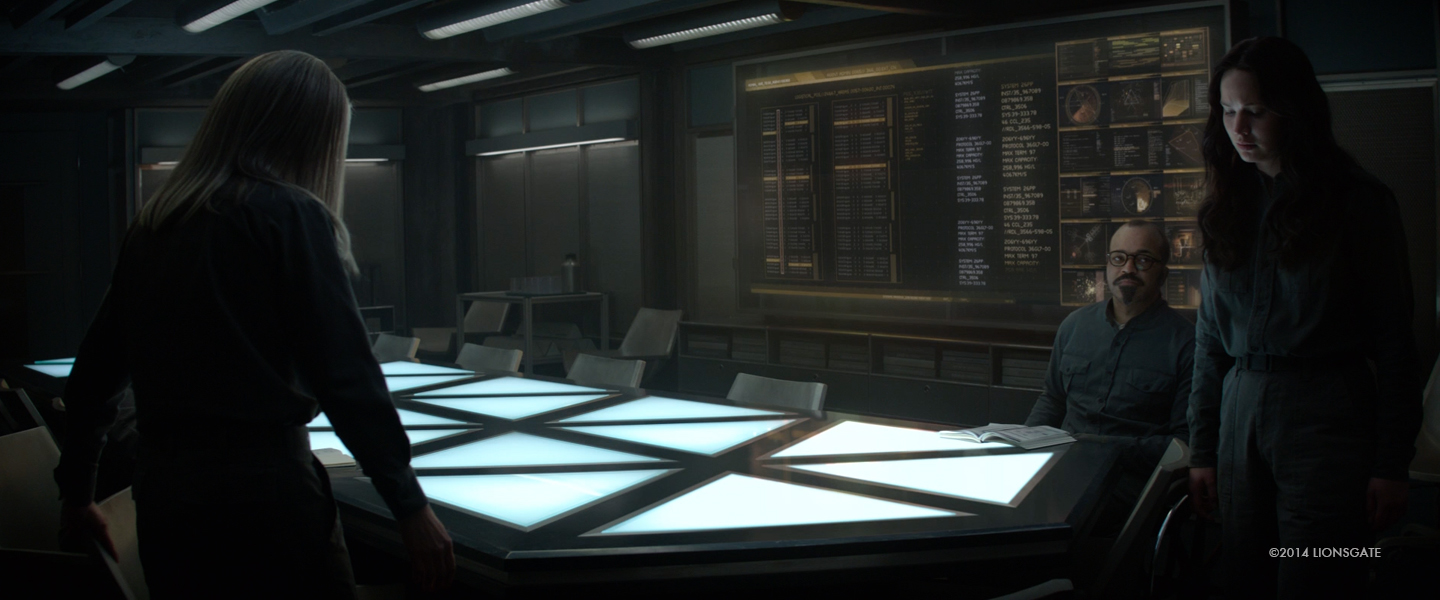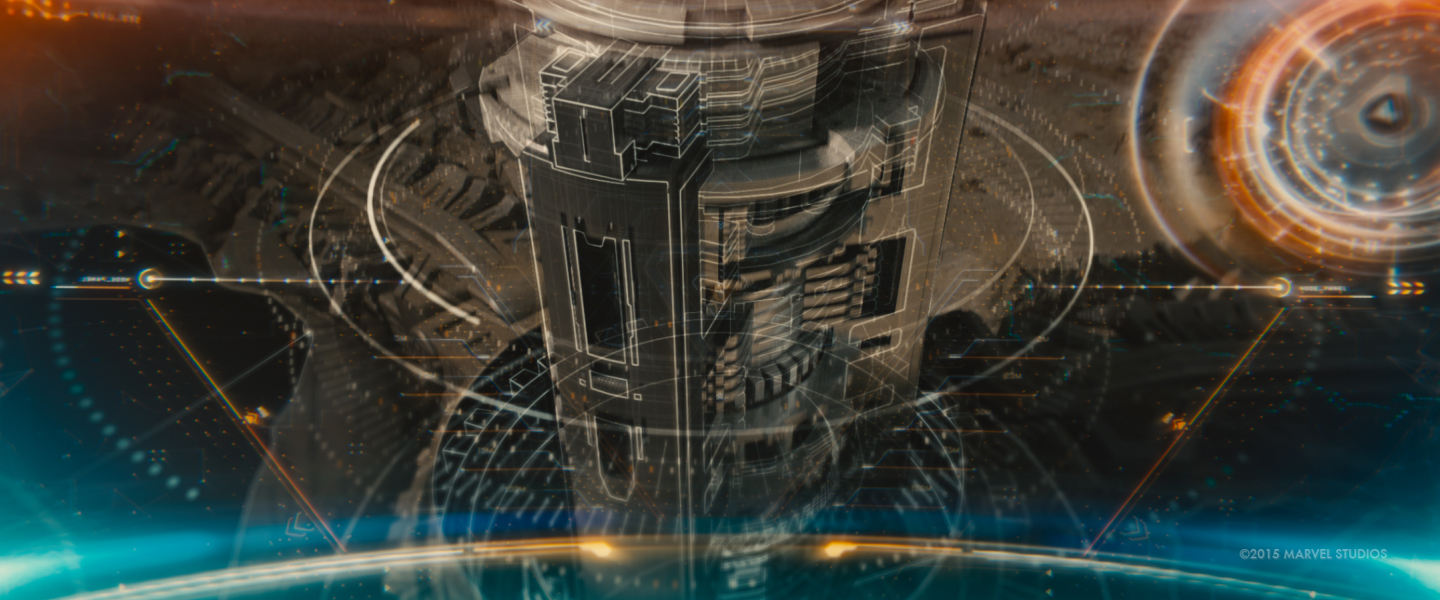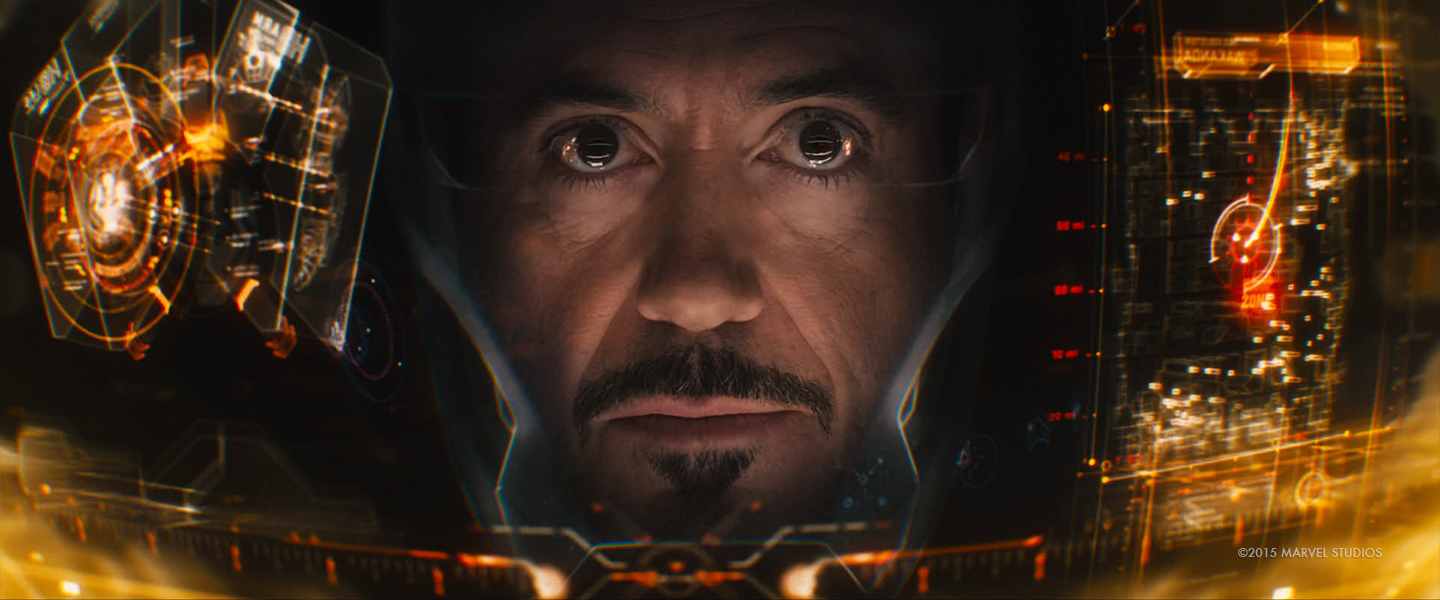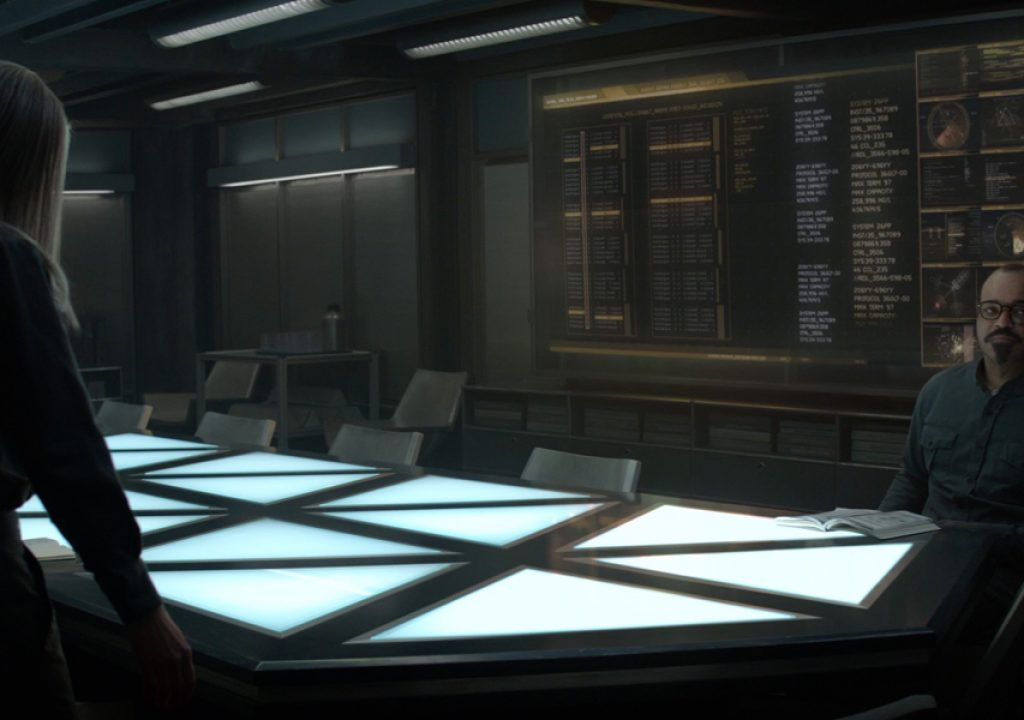For the talented team at Cantina Creative, hanging out with superheroes or spending time immersed in future worlds is just a typical day at the office. The studio produces monitor replacements, matte paintings, heads-up displays, set extension composites, and other amazing visual effects for some of the world’s most action-packed science fiction and comic book-based films. Working for companies such as Marvel and Lionsgate, Cantina Creative’s animation and visual effects veteran and Co-Owner Stephen Lawes regularly applies his visual storytelling expertise to blockbuster feature films.
For the talented team at Cantina Creative, hanging out with superheroes or spending time immersed in future worlds is just a typical day at the office. The studio produces monitor replacements, matte paintings, heads-up displays, set extension composites, and other amazing visual effects for some of the world’s most action-packed science fiction and comic book-based films. Working for companies such as Marvel and Lionsgate, Cantina Creative’s animation and visual effects veteran and Co-Owner Stephen Lawes regularly applies his visual storytelling expertise to blockbuster feature films.
Adobe: Can you tell us about some of your recent blockbuster projects?
Lawes: It’s been a busy year. We worked on The Hunger Games: Mockingjay – Part 1 and we’re currently working on The Hunger Games: Mockingjay – Part 2. For Avengers: Age of Ultron we did a lot of HUDs, monitor graphics, and comps. Another really interesting project for us was Furious Seven. We also completed 23 design and graphics shots for Pixels.

Adobe: Is this work being done using Adobe Creative Cloud?
Lawes: Absolutely, we use Adobe After Effects CC, Illustrator CC, and Photoshop CC on nearly every shot. We use them for everything from initial design and animation of graphics to on-set and post material. We’re also doing more holographic displays, too, using a combination of After Effects and CINEMA 4D.

Adobe: How do you see the latest release of After Effects CC impacting your workflow?
Lawes: We have a rig that we built and have refined over the years since our work on Iron Man 2. For Avengers: Age of Ultron we gave it a refresh to make it simpler and faster so it is easier for artists to animate and navigate. One of the most complex rig shots we had revolved around the Mark 44 suit. It’s like a suit within a suit, so the comps were very heavy and it was hard to navigate around them and even animate simple things.

I tested this shot with the redesigned rig and saw incredible performance improvements. With 32-bit comps, we saw a three-fold speed increase playing back and reviewing content, and with 8-bit comps it was 13 times faster. That’s really a game-changer for us. It is a 62 frame shot that previously took 39 minutes to RAM preview so we would just do it in small chunks. The latest release of After Effects CC reduced that time to just three minutes, which is just incredible. That kind of speed will be insanely good on the next projects.
Beyond refining the rig, we’re also doing a lot more work that requires a combination of CINEMA 4D and After Effects CC as we move into doing more stereo, 3D work.
Adobe: What type of work did you do for the Hunger Games films?
Lawes: These projects were interesting because we don’t usually do onset playback graphics, but we were lucky enough to come onboard early and worked with the Director and Production Designer to create graphics that displayed on monitors as they were shooting, rather than shooting with blue or green screens and replacing the monitors in post.
In Mockingjay – Part 1, District 13 has a giant, 40-foot wide monitor that provides most of the light in the shot. We did the playback graphics on that screen to generate the correct color and lighting rather than flooding the scene with blue or green. In post, we replaced what was there with design material and still ended up doing a lot of rotoscoping using After Effects, but it gave us a better lighting scenario to start with.
Adobe: How was the Furious Seven project?
Lawes: We started off doing design for monitor graphics. We came into the production early, so we started influencing some of the storytelling elements of the film. We created content that they could use for bridging the edits. One of the big storytelling elements we helped create was the God’s Eye, which is a surveillance device that characters in the movie use to locate people and wrestle for control.
Adobe: From an insider’s perspective, what do you think of the increasing use of visual effects in film?
Lawes: Technology has been changing the way people tell stories in film for a long time. It influences how we all approach a story artistically and creatively but I think one of the biggest challenges going forward is how to use this technology wisely. Now that we can pretty much create anything with incredible detail and realism in CG, filmmakers shouldn’t get lazy and use it as a crutch to fix story lines. Sometimes the best approach involves a lack of money. It forces you to be more creative.
Adobe: What is next for you and Cantina Creative?
Lawes: We’re always pushing ourselves to evolve as a studio, so in between projects we work on internal ideas as a way to test out design and story concepts. Ideally, these concepts incorporate all the aspects of our studio including editorial, visual effects, and color correction. Ultimately, these ideas will hopefully benefit a movie project in the future, or could take on a life of its own.
Learn more about Adobe Creative Cloud


